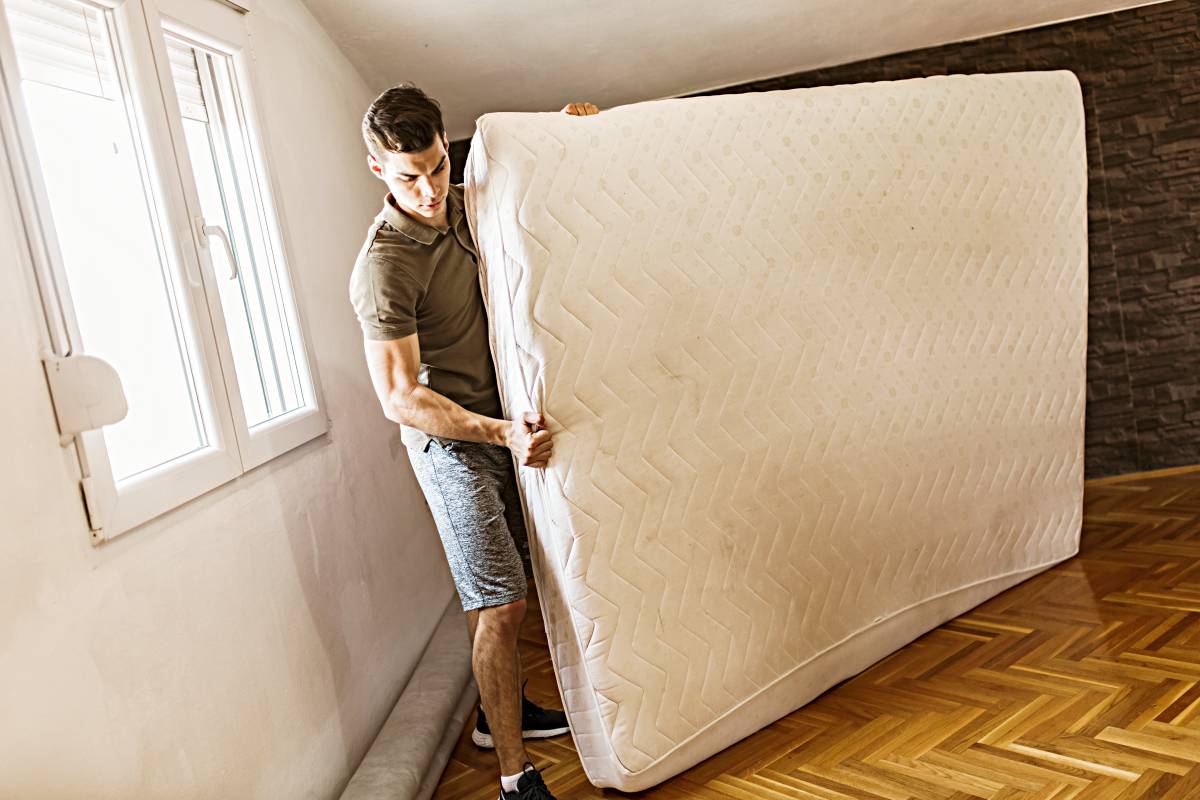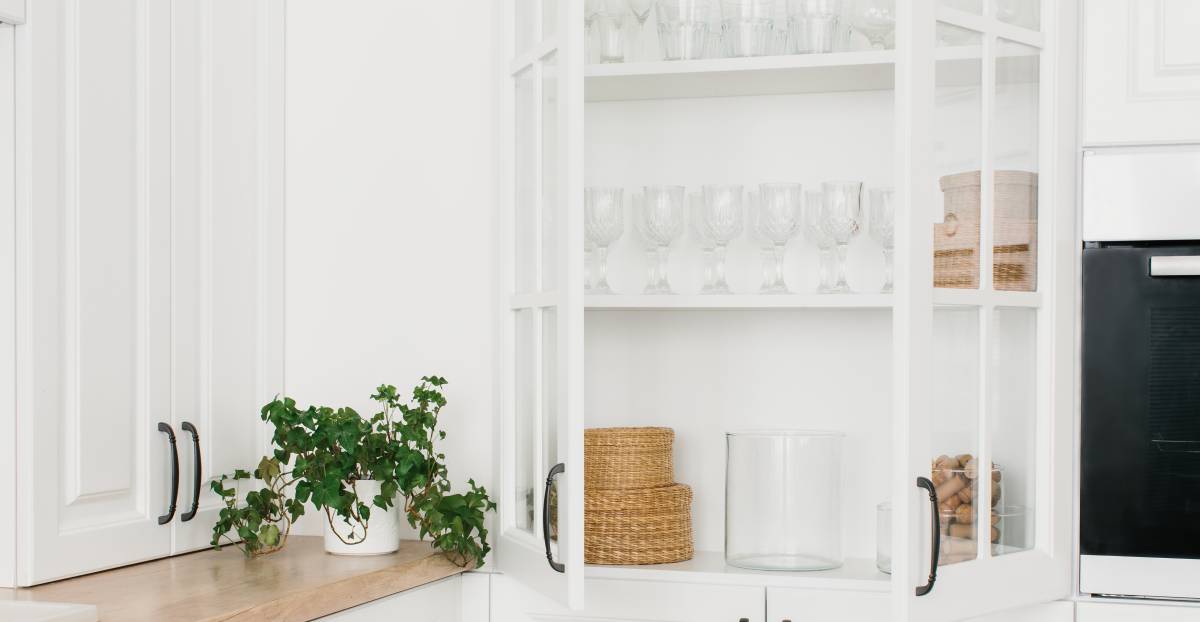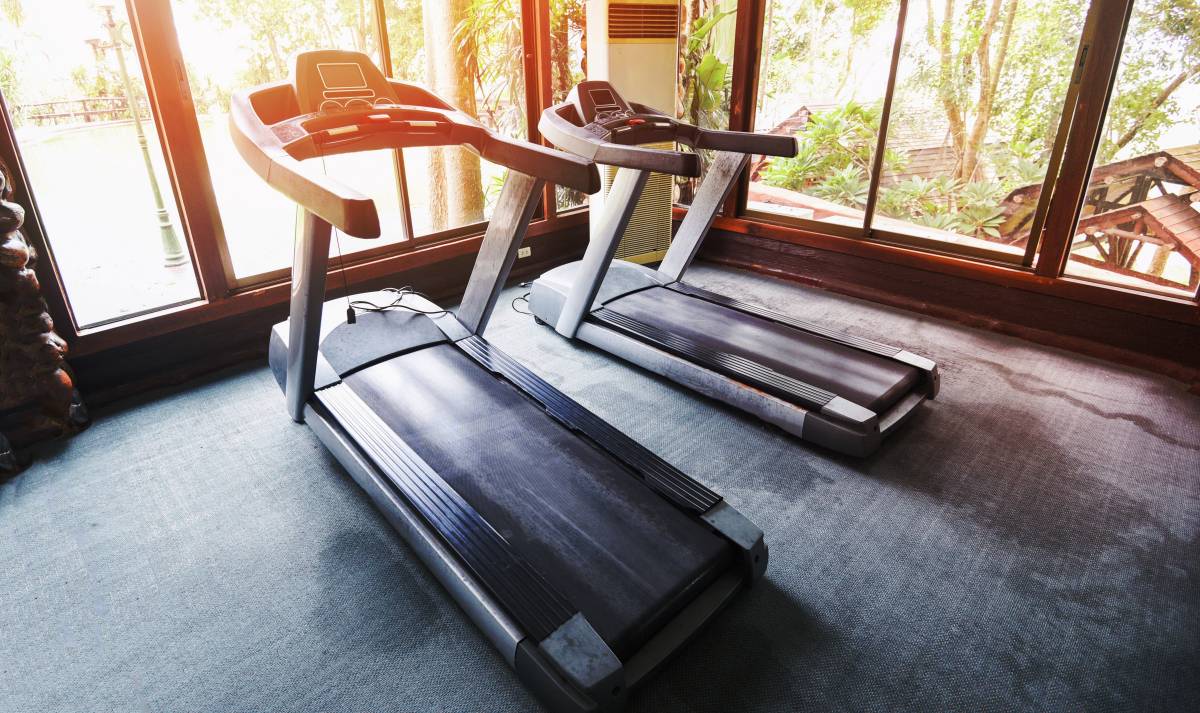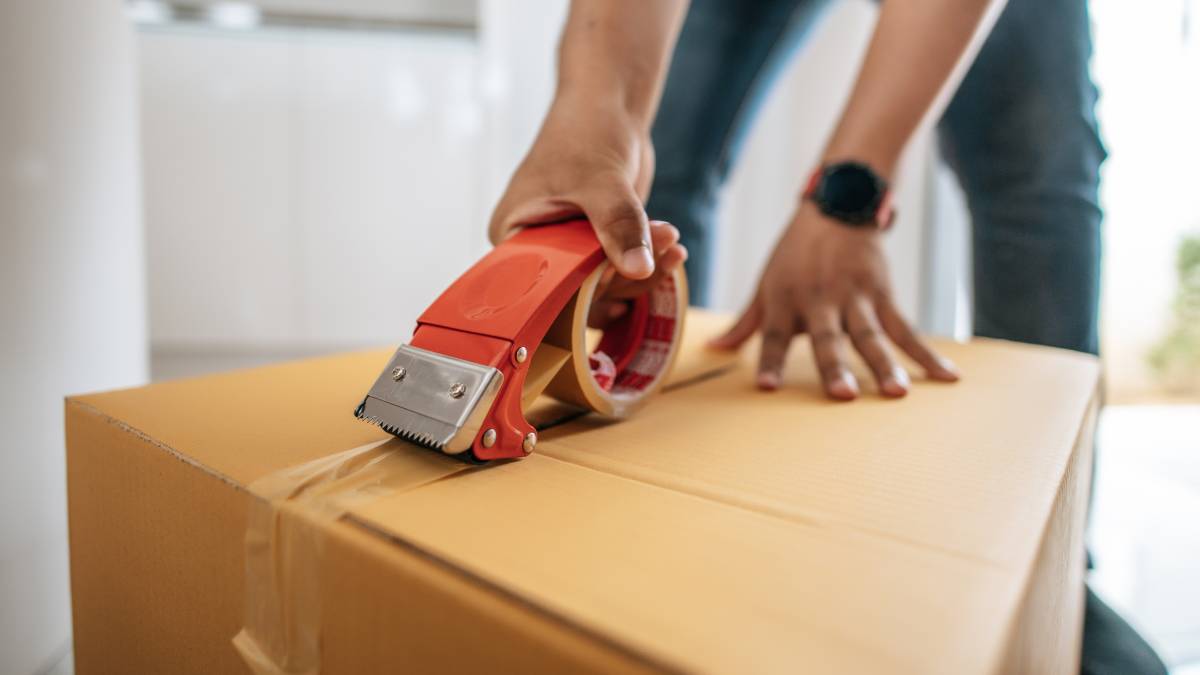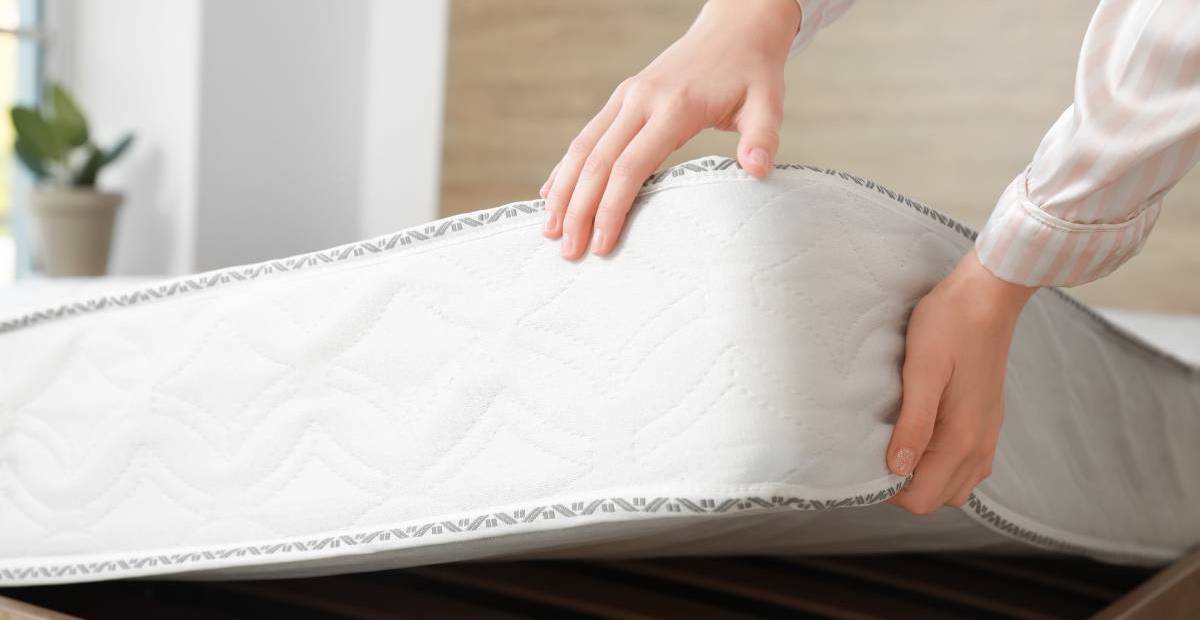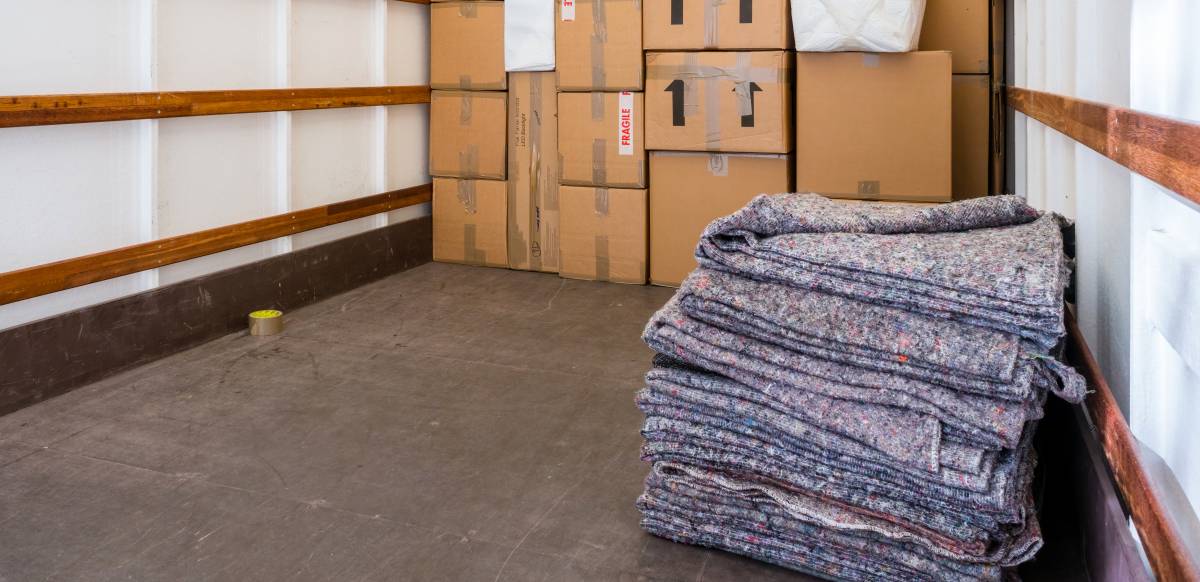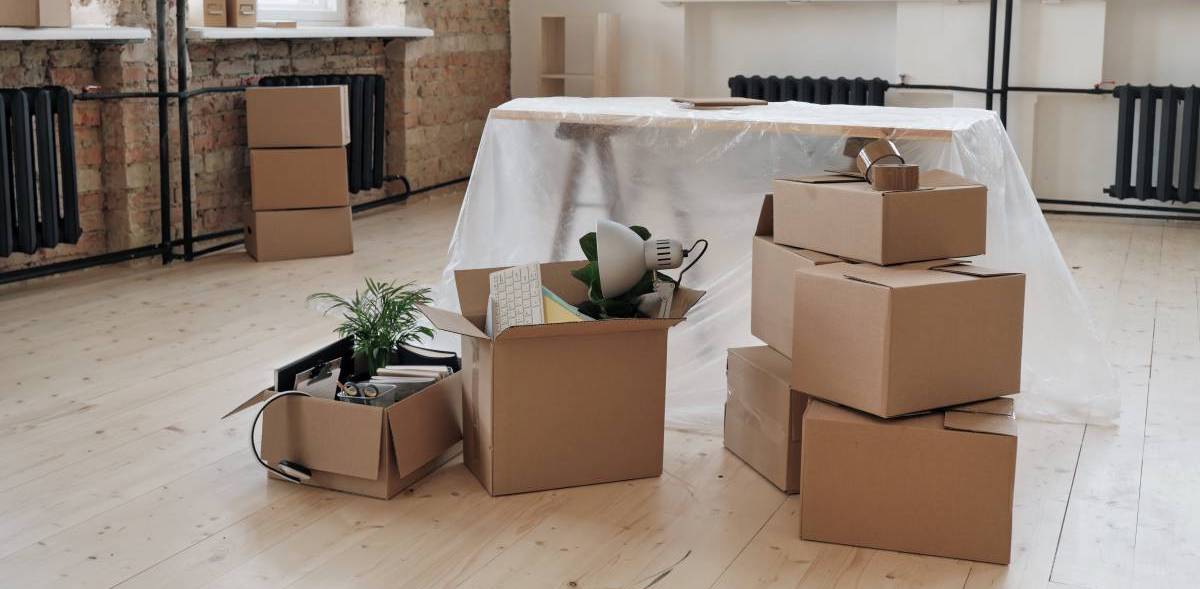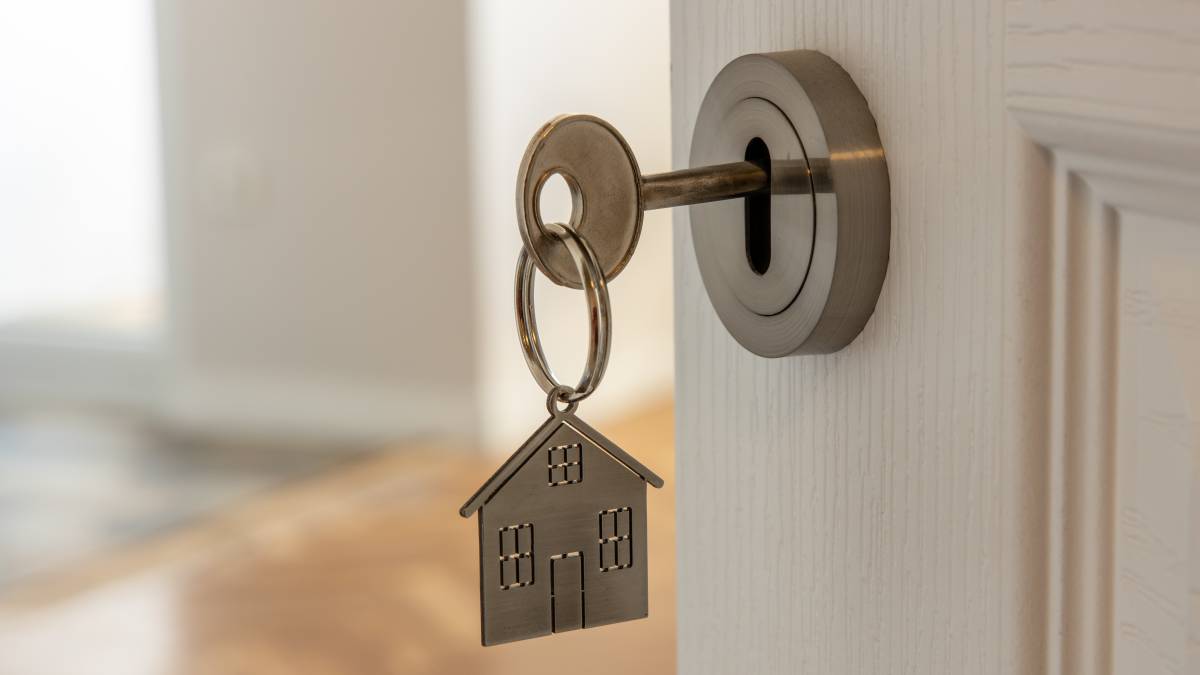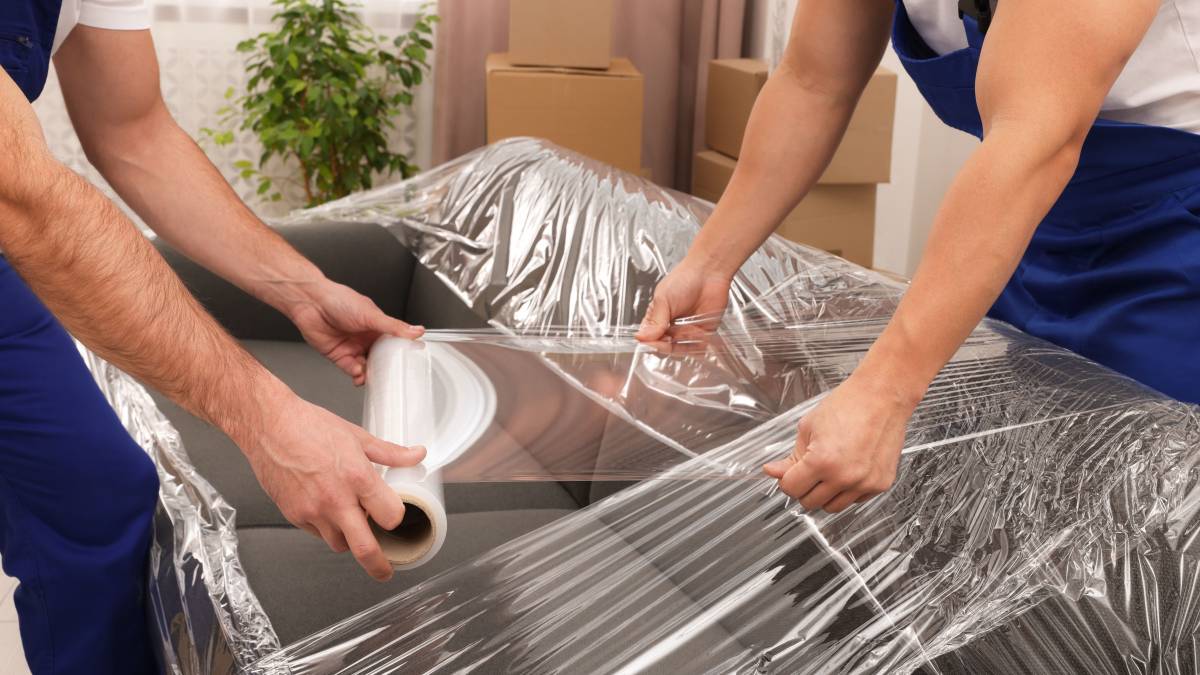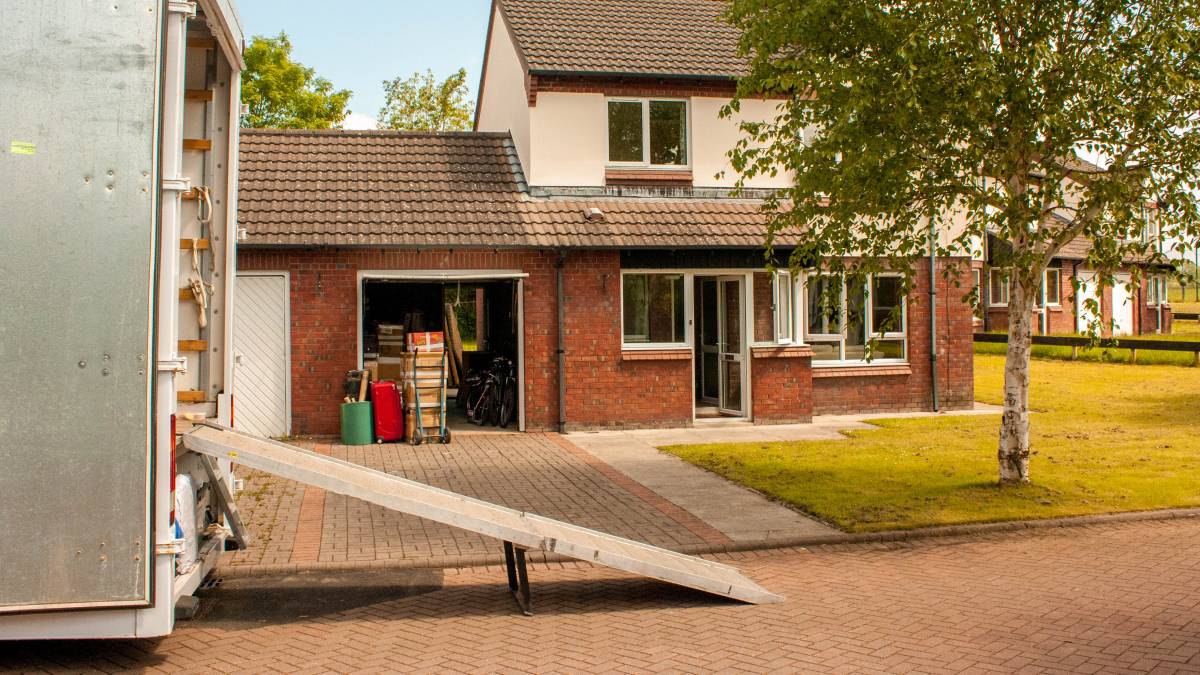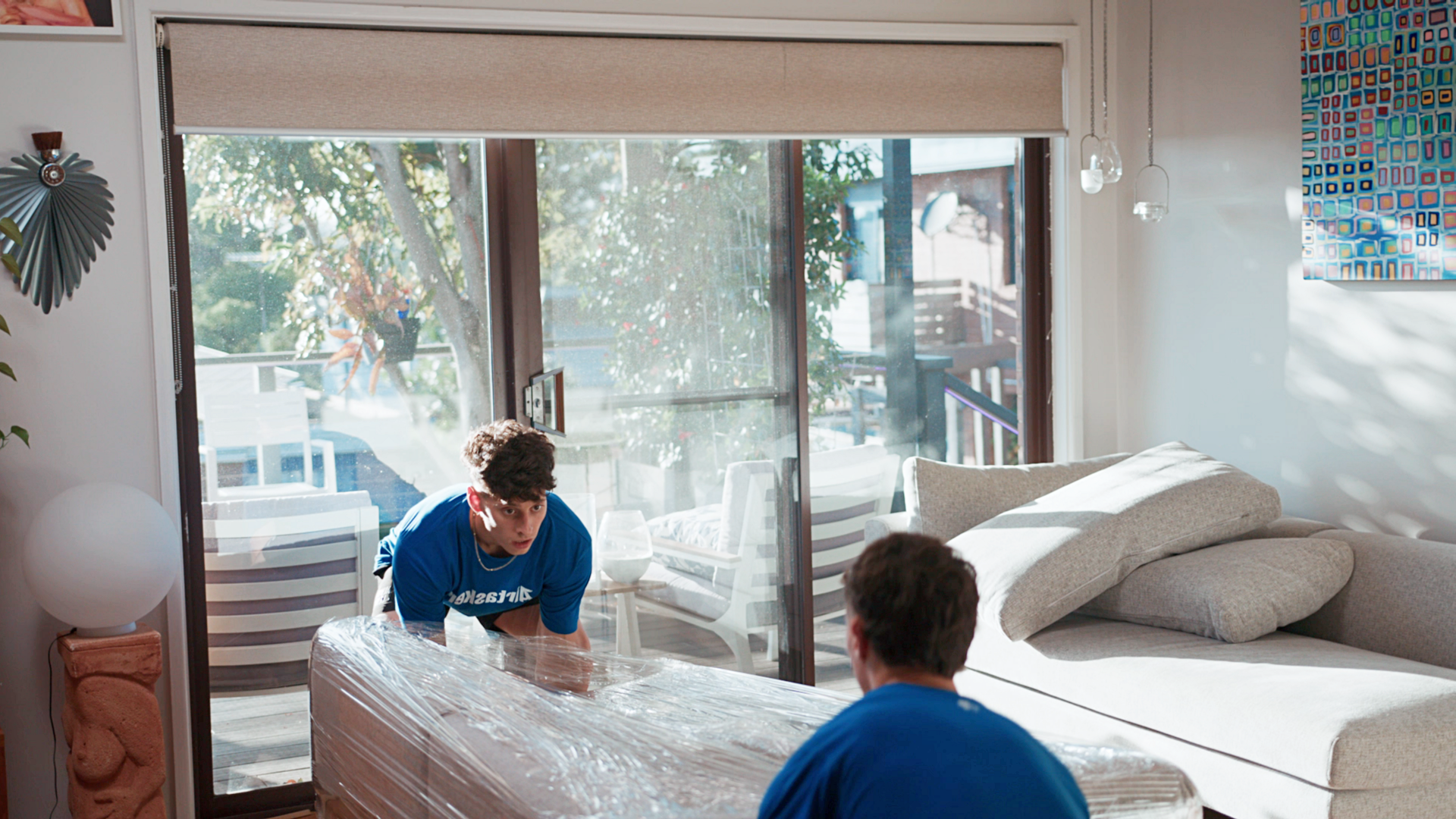
- Home/
- Costs/
- Furniture Removal/
- Furniture Removal Cost Guide 2023
How much does it cost to move furniture in the UK?
Post to find a price. It's free and only takes a minute.
Price per bedroom
£210 - £2,500
low
£210
median
£1,355
high
£2,500
Last Updated on

Written by Cielo B.
Staff Writer
Read more about our contributor
Key Facts
The average cost of moving furniture in the UK ranges from £210 to £2,500 per bedroom, with London at the higher end and Nottingham or Belfast at the lower end.
Most removal companies provide only minimal default cover, so choosing full-cover or third-party insurance is important for valuable belongings.
You can reduce expenses by preparing furniture in advance, reserving parking, booking during off-peak periods such as mid-week or October to February, or using shared transport services.
Moving furniture is one of the biggest expenses when relocating. You’ll need to budget properly to avoid unexpected costs and choose the right service.
This guide breaks down the typical costs to move furniture in the UK, including the factors that can affect pricing and ways you can save money. By the end, you’ll know what to expect and learn how to plan your move without unnecessary stress.
What is the average cost of moving furniture in the UK?
Moving furniture costs in the UK range from £210 to £2,500 per bedroom. However, prices can still change depending on property type, number of movers, distance of the move, and other factors we’ll cover later.
As a general reference, here are the typical per-bedroom rates for moving furniture in some cities in the UK:
| City | Average Cost of Moving Furniture (per bedroom) |
|---|---|
£300 — £2,500+ |
|
£222 — £1,850+ |
|
£234 — £1,950 |
|
£222 — £1,850+ |
|
Liverpool |
£216 — £1,800+ |
£240 — £2,000+ |
|
£246 — £2,050+ |
|
£204 — £1,700+ |
|
Belfast |
£210 — £1,750+ |
What factors affect the costs of moving furniture?
 Tasker wrapping a large sofa in clear plastic for transport
Tasker wrapping a large sofa in clear plastic for transport
How much does it cost to have furniture moved? The estimated price depends on several factors:
Distance of the move
Distance is significant to the cost of moving furniture. It determines the required labour, fuel costs, and truck size for the job. Below, we’ll break down the different types of moves based on distance.
Local moves
Local moves involve moving furniture within the city only. Usually, you only need two to three movers and a MWB (Medium Wheelbase) or LWB (Long Wheelbase) transit van, which could cost around £40 to £130 per hour. A Luton van with a tail lift can be an option too, but it costs around £65 to £140 per hour because it’s bigger.
Since the distance is short, the extra fuel costs are included in the per-hour rate. Some furniture removal companies charge a flat fuel rate, but it is generally lower than for other long-distance moves.
Moreover, most local moves take only a day to finish, so the estimated cost would be around £300 to £500 for a 1-2 bedroom house, while a 3-4 bedroom house ranges from £800 to £1,500.
Long-distance moves (nationwide)
Moving across the country, also known as long-distance moves, involves more time, fuel, additional logistics, and legal requirements. For this reason, the cost to move furniture across the country is considered the most expensive, ranging from £600 to £1,100 for a 1–2 2-bedroom house, while a 5-bedroom house can cost more than £5,000.
Moreover, movers might need rest breaks and overnight stops, so labour costs are higher. You’ll need a Luton van with prices ranging from £95 to £180 per hour. This doesn’t include the fuel surcharge that furniture removal companies charge to cover the fuel cost on long-distance moves.
Fuel surcharge serves as an extra fee on top of the standard moving rate, preventing a removal company from losing money during unexpected fuel spikes.
Here’s a table that outlines the estimated costs for different move types:
| Move Type | Distance Range | Van/Truck Requirements | Estimated Cost | Best For | Example |
|---|---|---|---|---|---|
Local Move |
0-50 miles |
|
£300 — £1,500 |
Flats, small homes, offices |
Moving a 1-bedroom flat within London (e.g. Hackney to Clapham) |
Long-distance Move |
50-100+ miles |
|
£900 — £5,000+ |
Cross-country relocations |
Moving a 4-bedroom house from Manchester to Edinburgh |
Number of movers needed
Moving into a bigger house or apartment means hiring more movers. You’ll need the extra manpower for a fast and efficient move because most furniture removal companies charge by the hour. For example, a small move that requires a ‘Man and Van’ service with one or two movers and a van costs £40 to £60 per hour, whereas a larger LWB transit van with four or more movers can range from £50 to £130 per hour.
Although hiring a larger crew costs more, it can help complete the job faster, leading to lower labour costs. Additionally, they can safely lift heavy furniture (like pool tables), preventing damage and reducing the risk of injuries.
Type and volume of furniture
Moving several items simultaneously can further increase the cost to transport furniture because this requires larger trucks and more movers. Some removal companies would even charge based on the furniture’s weight and volume (measured per cubic metre), since this will determine the right truck size. Typically, you’ll need large trucks for moving furniture. Using the smaller ones would require multiple trips, leading to higher labour costs.
You also need to consider the amount of space available inside the truck. Squeezing multiple pieces of furniture in one truck can be dangerous, especially if you must move large, fragile items like a piano or grandfather clock.
Access and logistics
 Two Taskers working together to lift and move a table
Two Taskers working together to lift and move a table
When it comes to moving furniture, time is money—literally. If your residence has a narrow staircase or a slow lift, expect the cost of moving house furniture to increase. The same applies if there isn’t a close parking spot for the truck. Loading and unloading would take longer, as movers would have to carry your furniture and walk further, leading to higher labour costs.
Logistics can be challenging when moving into urban areas like London or Manchester since there are many one-way streets and frequent traffic jams. Moving into rural areas isn’t cheap because of the gravel roads and hilly terrain. Due to these logistical challenges, travel time takes longer, resulting in higher furniture moving rates.
Timing of the move
Prices for furniture moving services can fluctuate at certain times of the month. For instance, moving during the summer (around August) could be expensive because of school breaks.
November and December are also considered peak months, as people often rush their moves before Christmas and New Year’s. The same goes for bank holidays; many furniture removal companies apply holiday surcharges to cover the overtime pay for the staff working on a holiday.
Demand similarly peaks during weekends and mid-month dates because most tenants have their rental contracts ending, so expect higher prices. Consider mid-week dates to enjoy lower rates.
Insurance and liability
Even though most removal companies provide some protection for their customers’ belongings, the cover is very limited. They’ll only pay a small, set amount if your items are damaged during the move. For example, if a sofa is worth £2,000 and the company’s terms limit compensation to £40 per item, you may only receive £40 if it’s damaged — and often only if the mover is proven negligent.
Therefore, insurance is a must-have when moving furniture because accidents can still happen during the move. Here are the options available for furniture removals:
Full-cover insurance
Also known as indemnity insurance, this is the most comprehensive type because it pays to repair or replace a lost or damaged item based on its current market value. To set this up, you’ll need to declare the total estimated value of your belongings.
Be as accurate as possible. Under-declaring may reduce your payout, while over-declaring increases your premium unnecessarily. High-value items (over £1,500 each) should be listed separately, and cover may be limited for owner-packed boxes.
Third-party insurance
Third-party insurance can be bought from independent insurers if the removal company doesn’t offer full-value cover. It’s ideal for DIY or high-value moves because you can customise the coverage range with optional extras, such as additional protection for temperature-sensitive goods and delay compensation.
Check out this table for easier comparison of furniture insurance options:
| Insurance Type | Coverage | Removal Company’s Liability | Customer’s Liability | Notes |
|---|---|---|---|---|
Basic Coverage (Included) |
Covers minimal compensation if the damage is caused by the mover |
10–20% (only covers a small set amount per item) |
80–90% (customer pays most repair/replacement costs) |
Automatically included in moving costs; excludes most owner-packed items and accidents |
Full Value Protection |
Repair, replacement, or cash based on declared total value |
100% (if declared accurately) |
0-10% (only beyond declared value) |
Best cover; declare belongings’ value; list high-value items separately |
Third-Party Insurance |
Customisable cover for loss, theft, damage, and delays |
90-100% |
0-10 (insurer covers most losses) |
Bought separately; ideal for DIY or high-value moves |
No Insurance |
Only minimal default cover |
0-5% |
95-100% |
Cheapest but riskiest; customer bears almost all costs |
Additional services
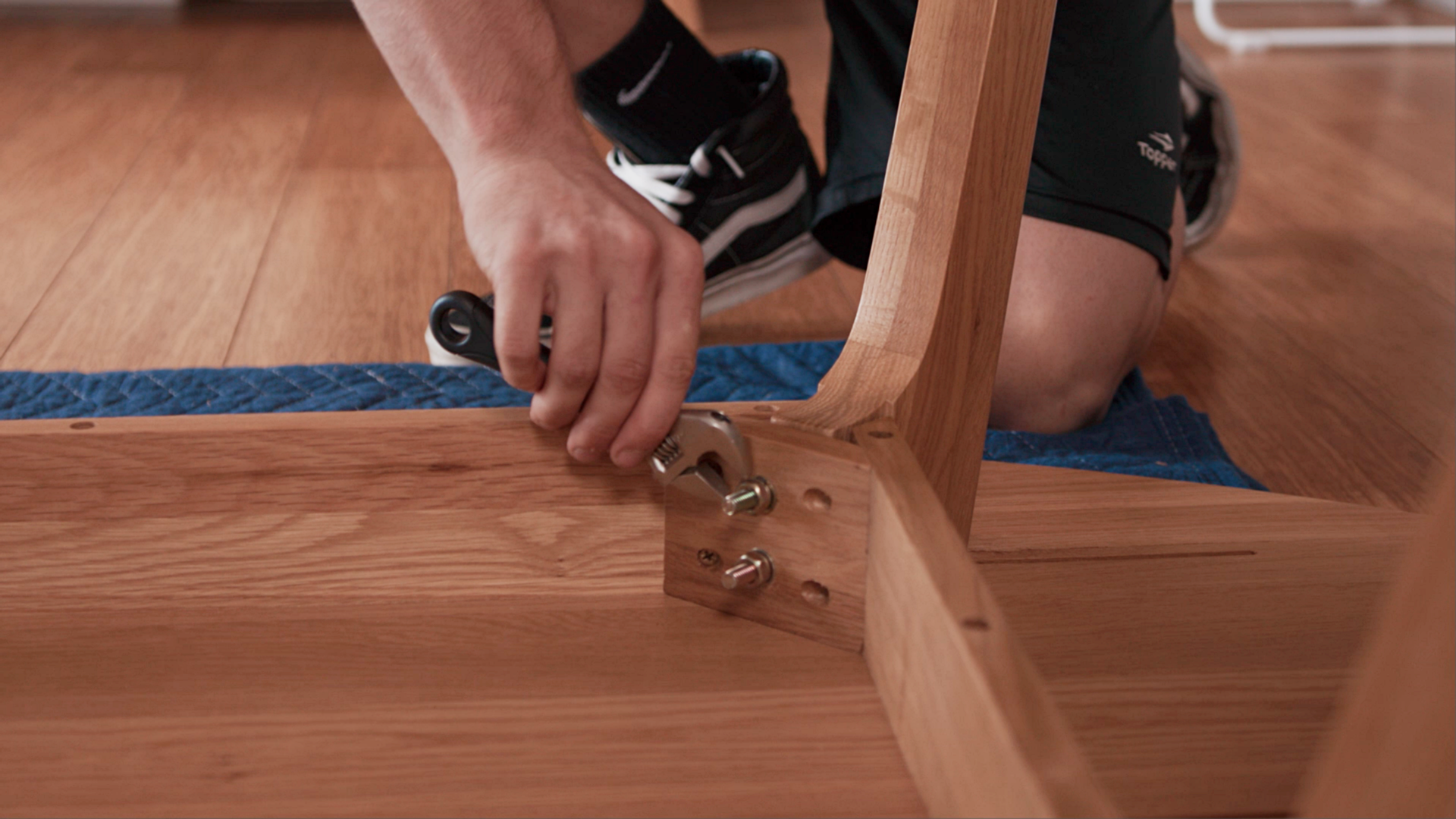 Tasker disassembling a wooden table using a wrench on a hardwood floor
Tasker disassembling a wooden table using a wrench on a hardwood floor
In addition to transportation, services such as assembling and disassembling should be considered. Some furniture pieces can be tricky because they’re incredibly heavy or have confusing hardware. You’ll need an extra pair of helping hands for a more efficient move, meaning extra labour costs.
Storage services can be requested, especially if you plan a long-distance move that requires multiple stops. You might need a place for temporary storage, which will add to the total price of moving furniture.
What are some ways to save on moving furniture?
Now that you already know how much furniture removals cost, you’re probably wondering, ‘Is there a way you can lower your expenses?’ Here’s how:
Prepare well
Start preparing and wrapping your furniture a few weeks before the moving date. You can also place and organise the small parts in a box and then add a label.
On it, write the designated room for each piece of furniture. This will make it easier for the movers to unload and position items in your new home. Being well-organised and having everything ready can reduce the total time of the move, lowering labour costs.
Reserve parking
Moving companies often charge a ‘long carry’ fee if they have to move items over a long distance from the truck to your property. To avoid incurring additional charges, secure a parking space as close as possible to your property’s entrance for the moving truck.
Take advantage of off-peak periods
Book mid-week, specifically on a Monday or Tuesday, as these are considered off-peak periods. Furniture moving prices are lower during these times, and moving companies offer better rates and discounts to fill the slots.
Scheduling a move during the autumn and early winter (October to February) can also help you save money. Demand is low during these months, so most moving companies offer discounts of up to 10-20% to attract more customers.
Consider shared transport services
Instead of renting an entire truck, you can share truck space with other customers, which is called consolidated or shared transport services. You’ll only pay for the space your belongings occupy, helping you save more than a full-service move.
Keep in mind, though, that this isn’t the quickest option. It’s best to choose this service only for non-urgent relocations.
What should you look for in a furniture mover?
 Moving day in progress as Taskers handle heavy boxes outdoors
Moving day in progress as Taskers handle heavy boxes outdoors
Aside from detailed quotes and clear communication, here are some of the most important things to look for when hiring furniture movers:
Accreditations
A furniture mover must be a member of the British Association of Removers (BAR) because this indicates that they adhere to the strict codes of staff training, packing, transporting, and storage.
More importantly, being a member of the BAR means that the furniture mover carries proper insurance, such as Goods-in-Transit and Public Liability. That means if something goes wrong, you’re covered, whether it’s a sofa damaged in transit or an accident during the move.
Specialised handling
Look for movers who can handle fragile items, especially if you have oddly shaped antique furniture. They should be trained and skilled to handle delicate items during transport, loading, and unloading.
Flexible moving modes and storage solutions
Choosing a furniture mover with flexible moving options helps you find a solution that fits your needs and budget. Some of the most popular choices include:
Full Truck Load (FTL): Hire an entire truck just for your belongings. This offers a fast delivery time and better security.
Shared transport services: As previously mentioned, this entails sharing van space with other customers moving along the same route and paying only for the space you use.
Self-pack container: You can pack your furniture into a secure container and have it transported by rail or sea. This is convenient for interstate moves.
Furniture movers should also offer temporary storage, which is especially useful when moving interstate. Short- or long-term storage options can be beneficial if unexpected delays occur during your move.
Move your furniture securely with Airtasker
Is preserving the quality of your furniture during relocation your number one priority? The key is finding the right movers who can handle your furniture.
Post a task to find and connect with reliable Taskers specialising in moving furniture. They have the necessary tools and expertise, reducing the risk of damaging your valuable pieces.
Learn more about our contributors

Written by Cielo B.
Staff Writer
Cielo is an experienced content writer who has explored various industries throughout her career. Her expertise, founded on a degree in journalism, includes writing about automotive and home maintenance. Cielo also covers topics like dressmaking, tailoring, and photography since she is a passionate cosplayer who enjoys dressing up as her beloved anime characters.
FAQs on furniture moving costs
Boxes, blankets, straps, and other moving supplies aren’t always included in the final quote. Many furniture removal companies charge separately for these extra supplies, so you’ll have to confirm this with them first.
Choosing independent furniture movers over professional movers from removal companies is often more affordable. You can save 30% to 70% with independent movers, but you will likely have to handle the packing and loading yourself.
While hiring from a removal company may cost more, the extra price can be worth it for the convenience. They handle everything for you and typically provide more protection.
Yes, they may charge extra for waiting time because most removal companies set an hourly rate for moving furniture. So, if there are any delays in packing and loading, expect higher labour costs. Make sure to have everything packed and ready, then clear walkways to avoid extra charges.
In the UK, furniture removal costs for personal moves are generally not tax-deductible, as moving expenses are considered private. However, if the move is business-related, such as relocating an office or business premises, the removal costs may be deductible as allowable business expenses with proper documentation.
Find furniture removals experts, fast
Post a task
Related price guides
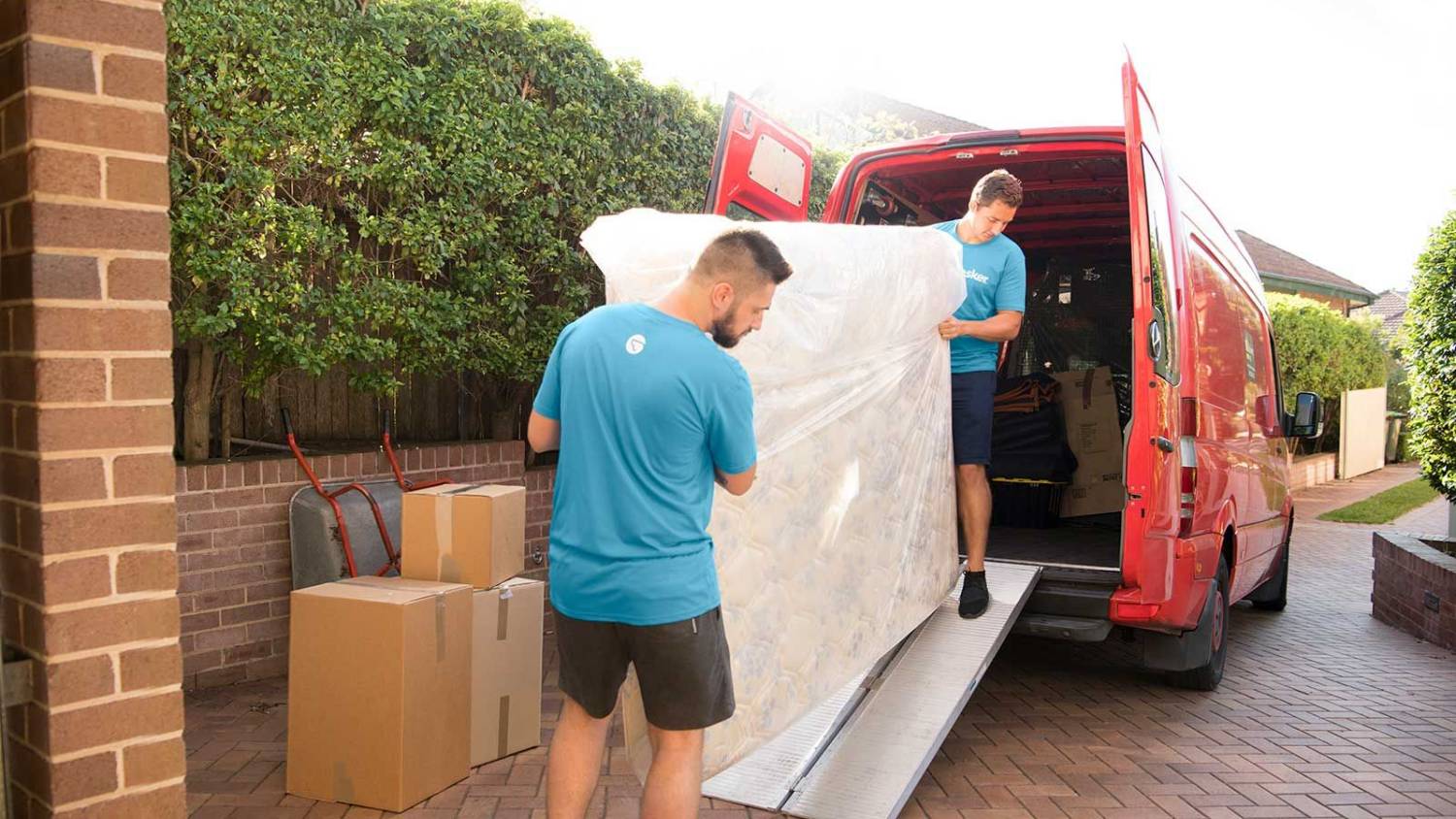
How much does it cost to move house?
Read more

How much does it cost to move house?
Read more

How much do packers cost?
Read more
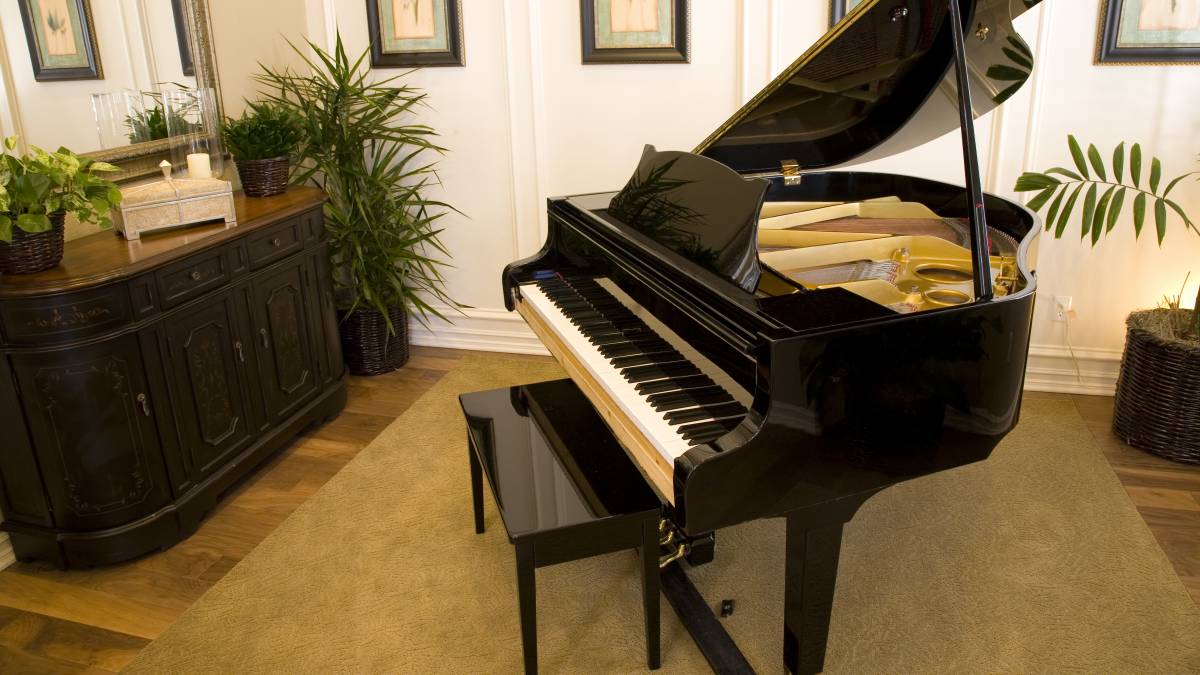
How much does piano moving cost?
Read more
Related articles

A guide to becoming a removalist
Read more

Tips for moving house with kids
Read more

How to pack mirrors for moving
Read more
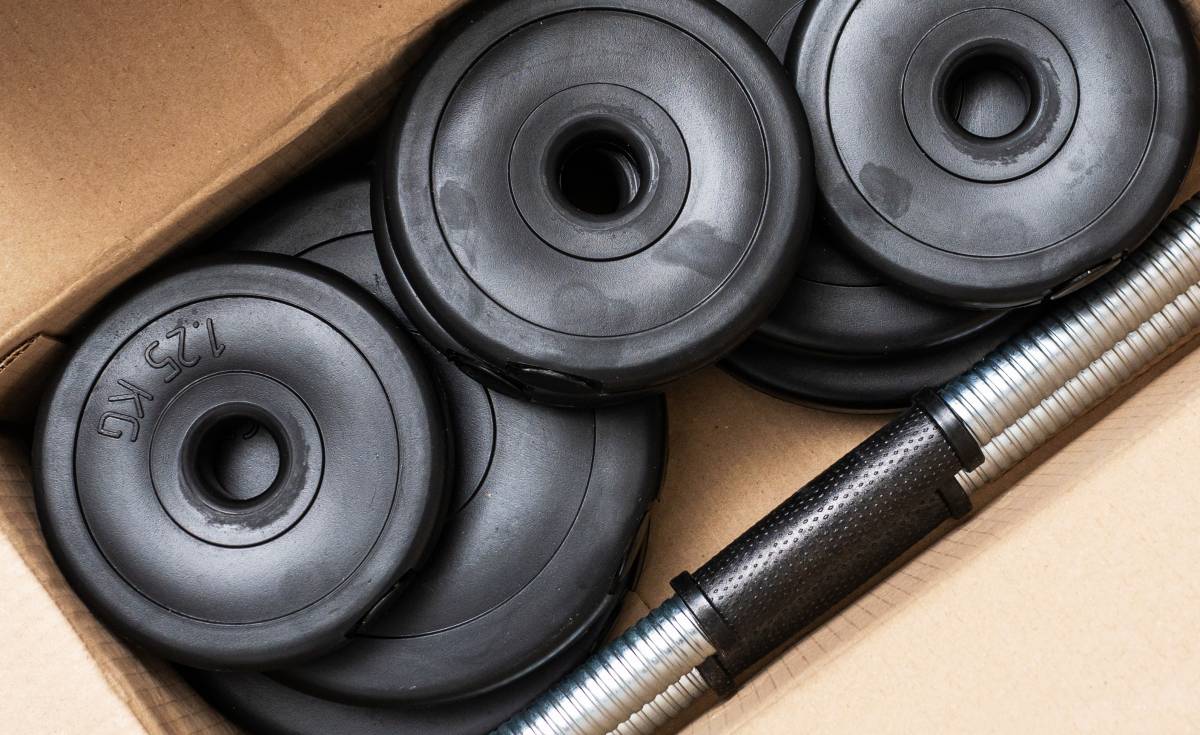
How to move gym equipment safely
Read more

How to pack kitchen items for moving
Read more

How to pack books for moving
Read more

How to pack artwork for moving
Read more
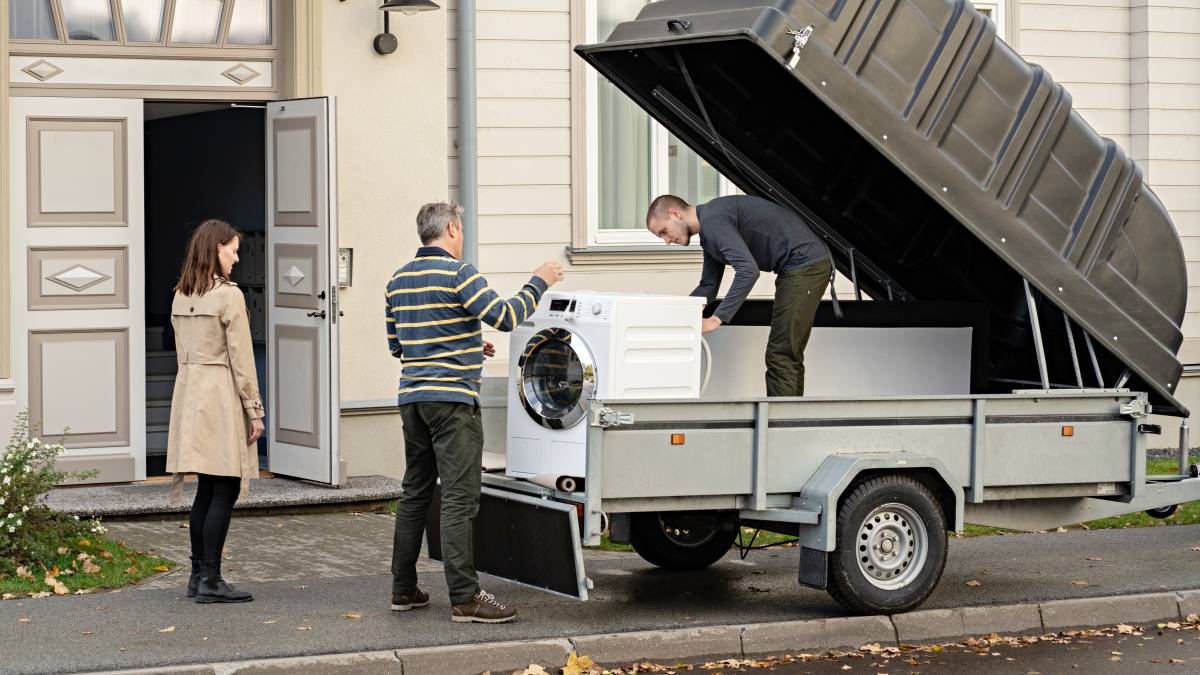
How to move a washing machine
Read more

How to move a pool table
Read more
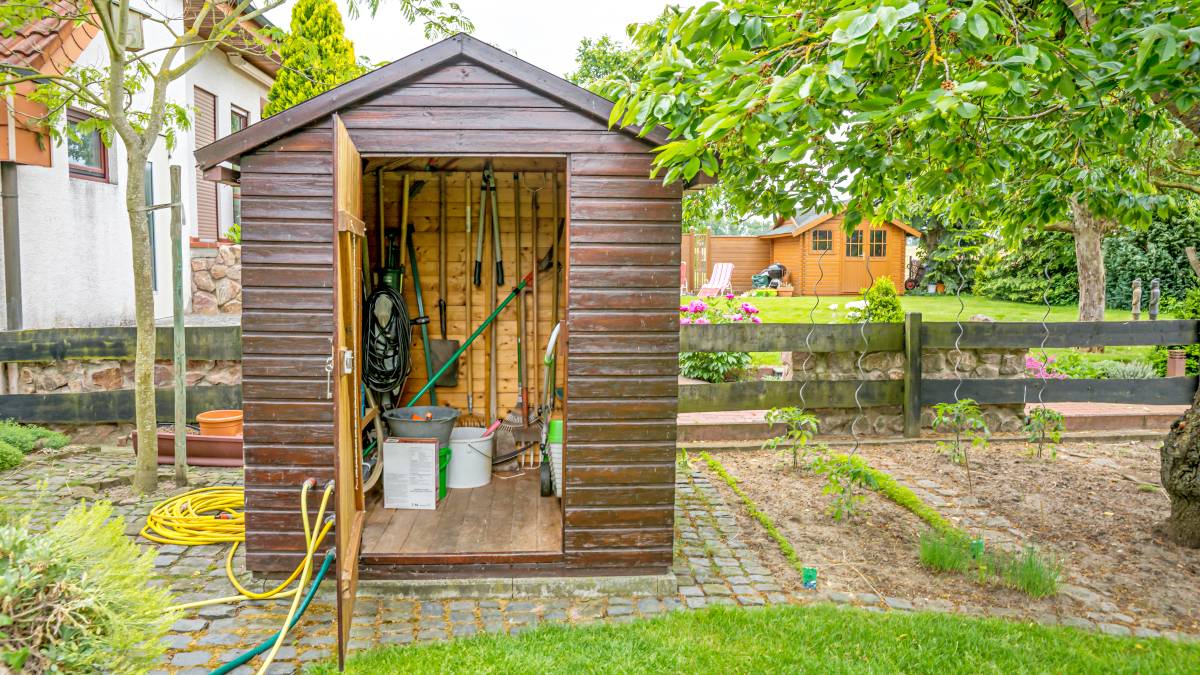
How to move a shed
Read more
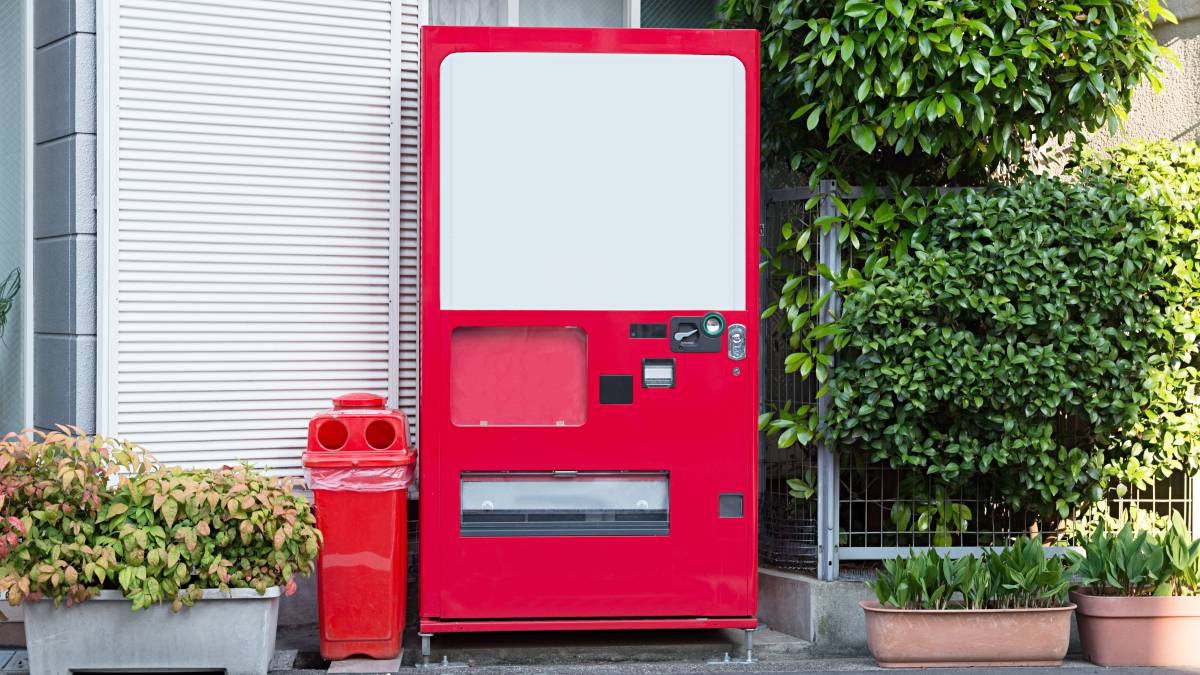
How to move a vending machine
Read more
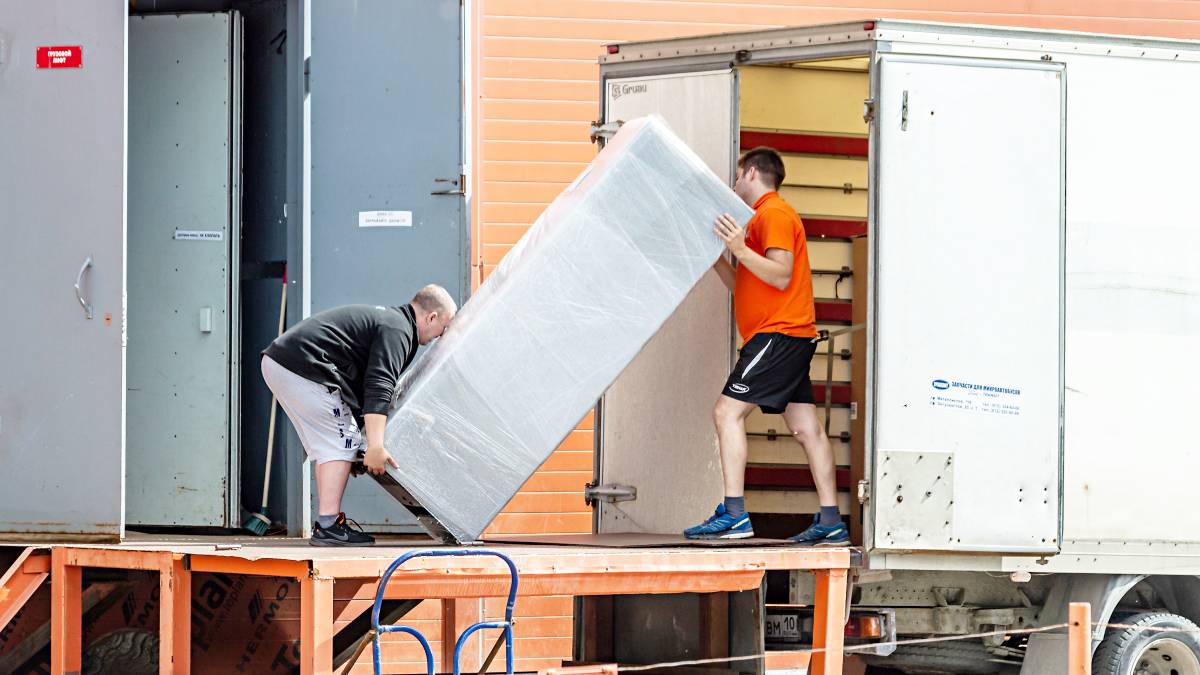
Moving a fridge: How to do it right
Read more

How to move a pinball machine
Read more

How to wrap furniture for moving
Read more

What moving companies won’t move
Read more

